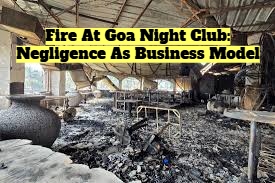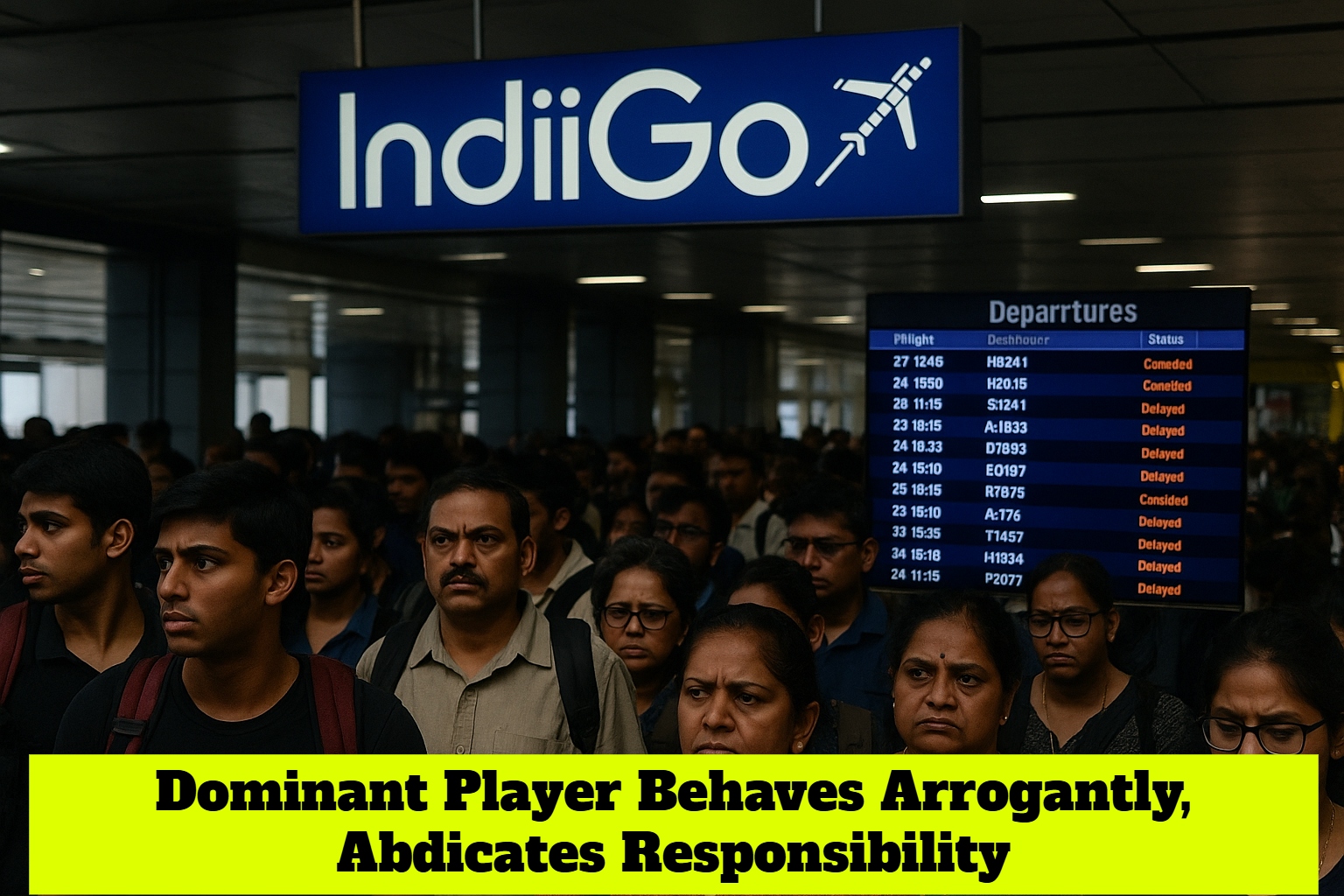

By Ashwini Agarwal
First publised on 2020-09-02 08:29:37
Since the economy was almost completely locked down in April and most of May, and was only partially opened thereafter, it was expected that it will contract in a big way. But the figures that were announced by the National Statistics Office showed the rot to be deeper than what was estimated by experts. At 23.9 percent, the GDP has contracted enough to arouse fears of a deep recession and recovery will be slow. The core sector figures, which showed a further contraction in July, hint at another big nosedive in the second quarter.
Among individual sectors, construction suffered the worst, going down by 50.3%. This was mainly due to the double pressure of the lockdown as well as the paucity of workers when activities were allowed to resume. It is expected that the sector will pick up now as reverse migration has started happening in a big way because of low wages in the countryside and MNREGA. Manufacturing went down by 39.3% and trade, hotel, transport and communication by 47%. The only sector that showed a rise was agriculture, forestry and fishing which rose by 3.4% on the back of good monsoon rains and record acerage sown under Kharif crop. It also helped that fewer restrictions were placed on the sector in the lockdown.
Investments went down by 47.1% and gross fixed capital formation (GFCF) was down by 47%. The picture became gloomier as it was reported that the core sector had contracted a further 9.6% in July. This hints at another big fall in GDP in the second quarter. The only silver lining is that GST collection has not gone down much in August when compared to the collection in July (although the fall is 12% YoY), showing that factory orders and consumption is picking up, albeit slowly. The government will have to immediately take both monetary and fiscal measures to shore up the economy. It has to make massive investments in infrastructure to revive the core sectors and set off a chain reaction. If consumption does not rise substantially and soon, the downward slide will be difficult to arrest.











